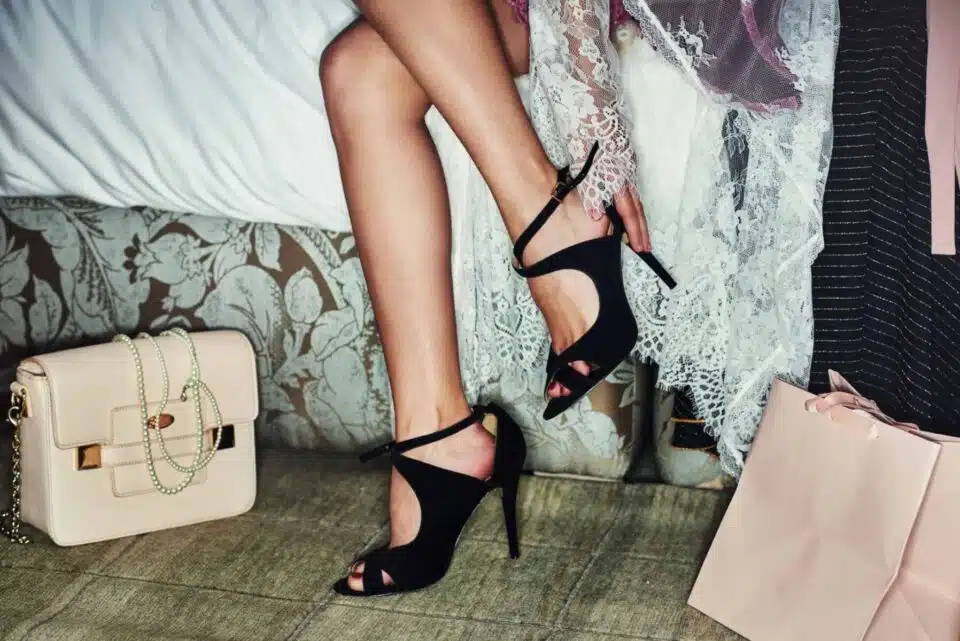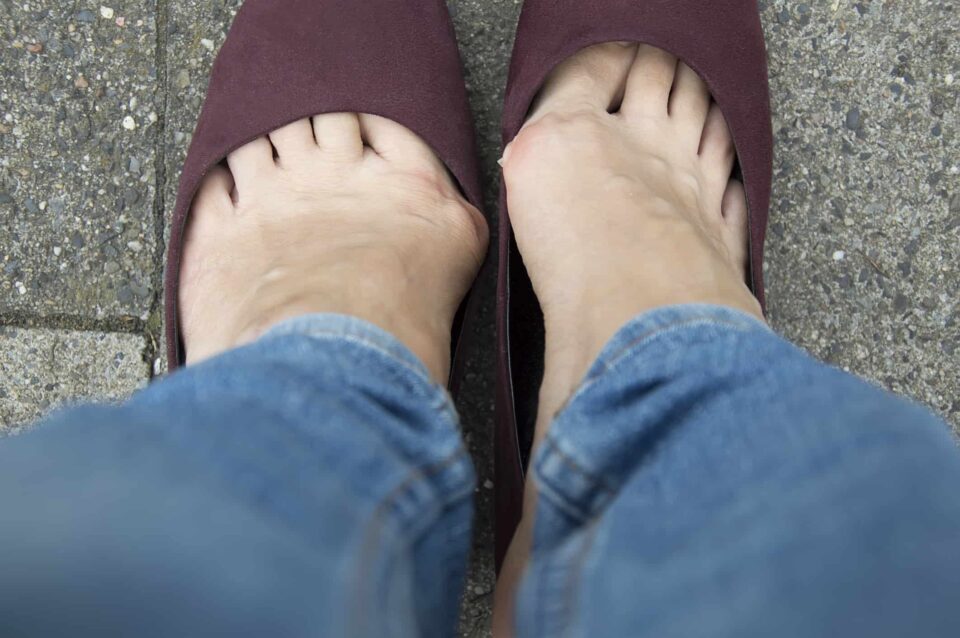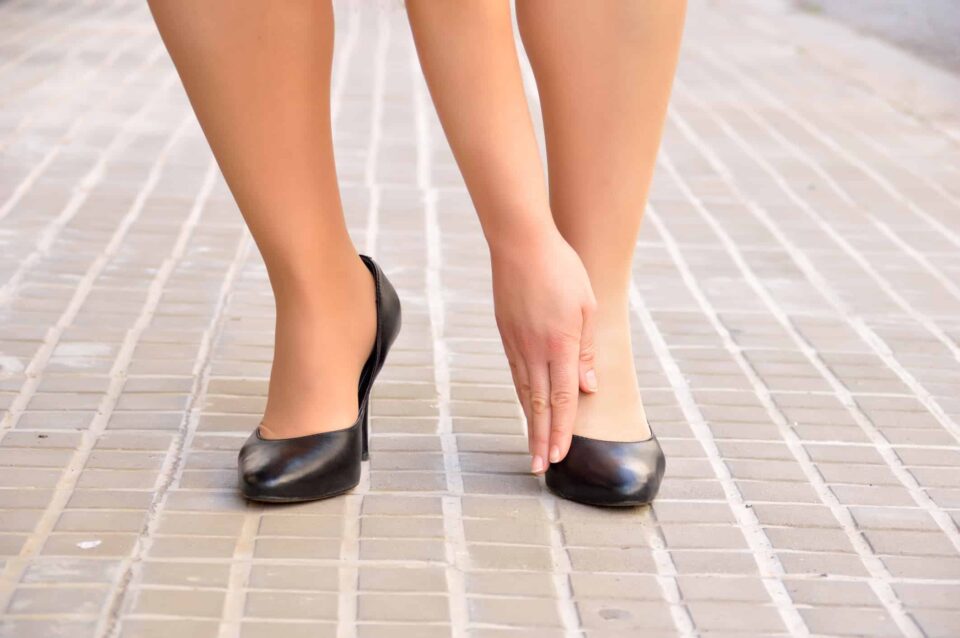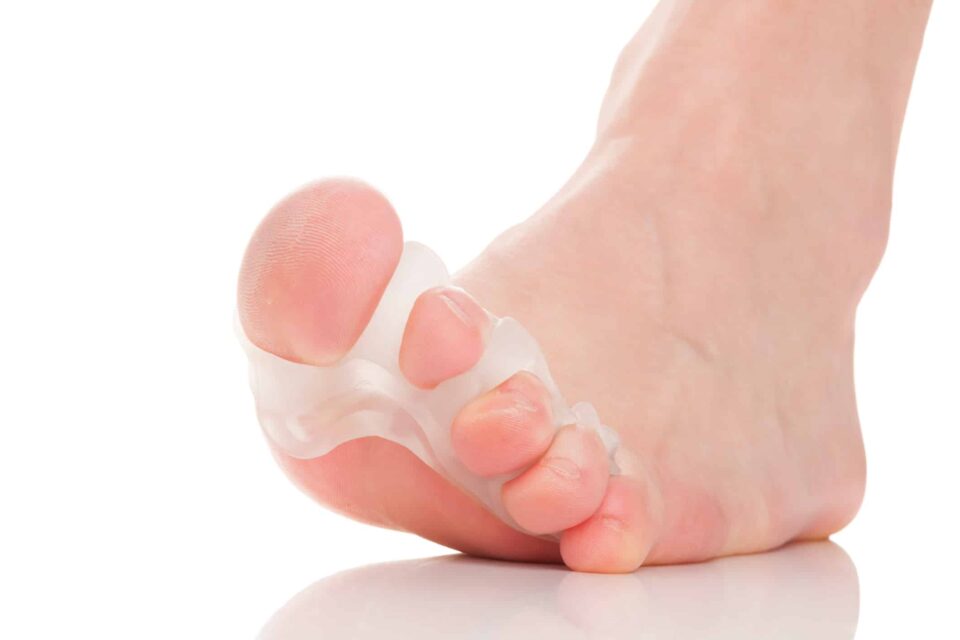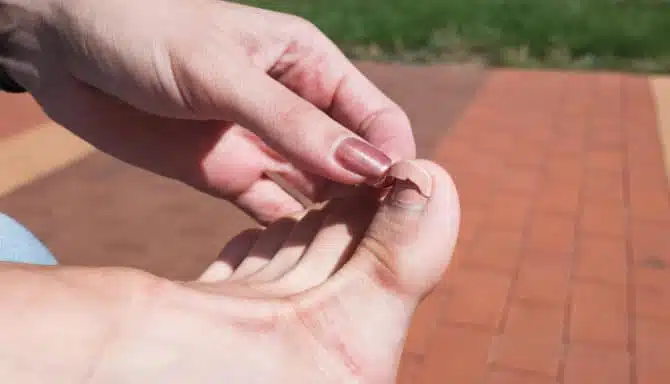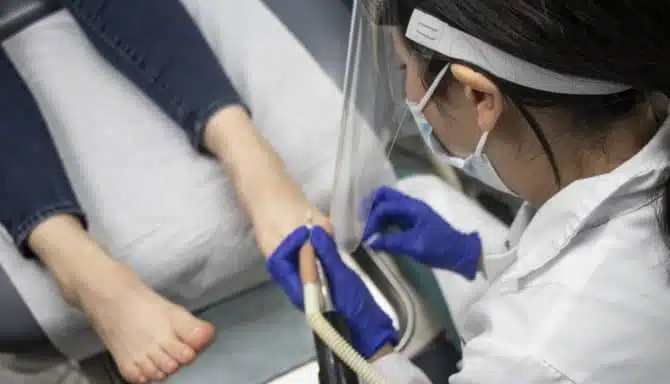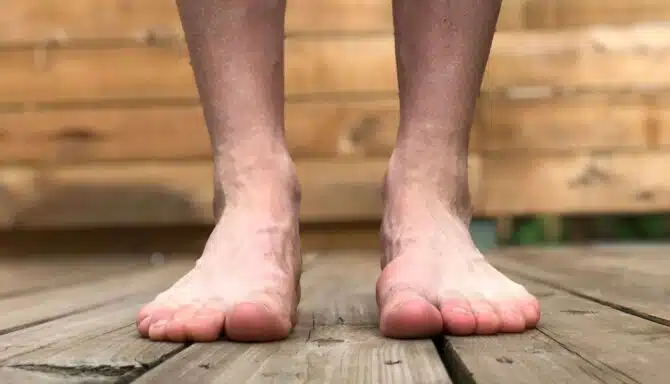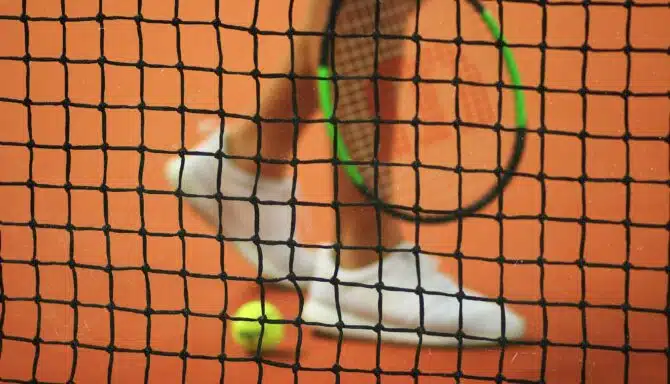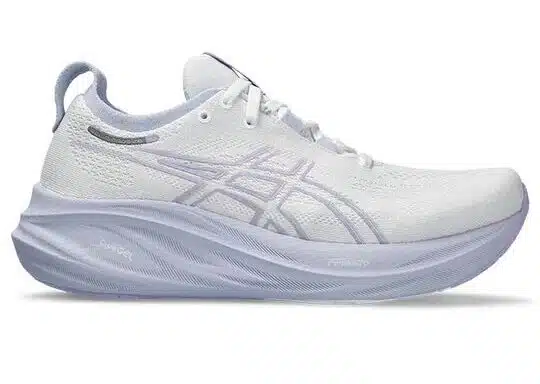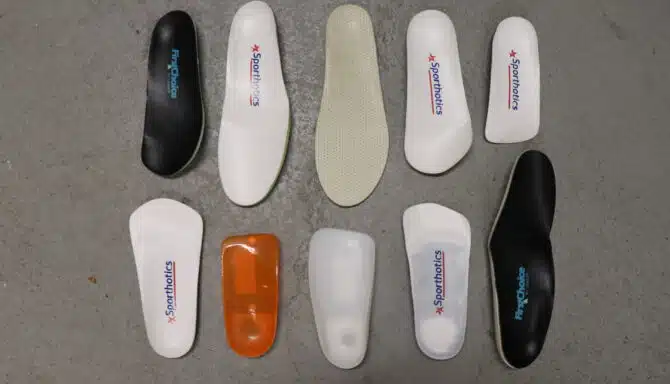Bunions are a painful foot condition that primarily affects women. Frequently wearing high heels is one of the main reasons that women experience bunions. High heels were first introduced in the 10th century and since then ladies all across the globe have embraced their stylish appeal. Heels of different styles and heights have become a staple for most work wardrobes, but along with this come some serious health consequences.
High heels can lead to sore feet, inflammation, redness around the side of the big toe, and a painful bump on the side of their foot. The most common cause of these symptoms is the bunion. Unfortunately, due to a combination of predisposition and improper footwear choices, far too many women suffer the slowly progressing yet debilitating effect of bunions.
The time has come to show your feet some love, ladies! Read on to find out how!
In this article, you will learn:
- All about bunions
- How your footwear affects your foot health; and
- Whether you will need to give up stylish shoes for good
What is a bunion?

The scientific name for a bunion is “hallux valgus.” It occurs when there is a deformity in the joint that attaches your big toe to your foot. This joint is known as the first metatarsophalangeal, or MTP joint. While this joint may be small, it is extremely important. It helps us stand upright, keeps us balanced when we walk, and evenly distributes our body weight. When this joint becomes damaged, it causes the big toe to shift inwards, creating a painful lump on the side of the foot and can eventually affect the rest of our body and our overall posture.
Bunions aren’t something that happens overnight. They start slowly and progress over time. In severe cases, surgery is needed to correct this deformity and improve your quality of life.
Most cases of bunions occur in women. While some people are predisposed to this condition, many others suffer needlessly because of their choice of footwear.
How do my shoes affect my feet?
Nothing pulls together an outfit better than a cute pair of heels. Whether you prefer pumps, a wedge, or sky-high stilettos, your shoe choice can say a lot about your sense of style and the health of your feet.
Nowadays, we think of shoes as a fashion statement, but this item of clothing started with a much more important purpose. Shoes were initially designed to protect our feet from the hard ground and the elements. They were intended to keep our feet healthy and make walking easier. Unfortunately, women everywhere are experiencing the harmful effects of wearing shoes designed with an emphasis on aesthetics instead of proper support and comfort.
When you slide your foot into that stylish wedge or pretty platform heel, you force it into an unnatural position. Instead of distributing your body weight evenly across your sole, your entire weight is placed on the ball of your foot. This puts a great deal of stress on your MTP joint. Over time a disfigurement in this joint will occur, and a bunion will form.
Another consideration is the width of your shoe. Most heels have a narrow toe box. This squishes your toes together and places extra pressure on the sides of your feet. This compression can be painful, but it also exacerbates the condition and can cause bunions to form even faster.
Do I have to give up stylish shoes for good?
Here’s the good news – no, you don’t! Numerous companies make gorgeous shoes that are not only comfortable but stylish too. These brands keep the health of your feet in mind when designing footwear, giving your feet the ultimate support.
You can also limit the amount of time you spend wearing high heels. Instead of sporting this fashion daily, save them for special occasions. When you have to wear them, opt for those with wider toe boxes and shorter heels. If possible, bring a change of shoes with you, and only wear your heels when it’s absolutely necessary. This will limit the amount of friction on your bunions and minimize the pain you experience. Trust us; your feet will thank you!
Helpful Tips to Help your Bunions:
- Try to limit how often you wear high heels.
- When you do wear heels, wear supportive insoles designed for dress shoes (like Superfeet EasyFit).
- If your shoes are narrow, stretch them.
- Wear wide toe, supportive shoes whenever possible.
- To minimize bunion pain, wear toe separators and a bunion cushion.
